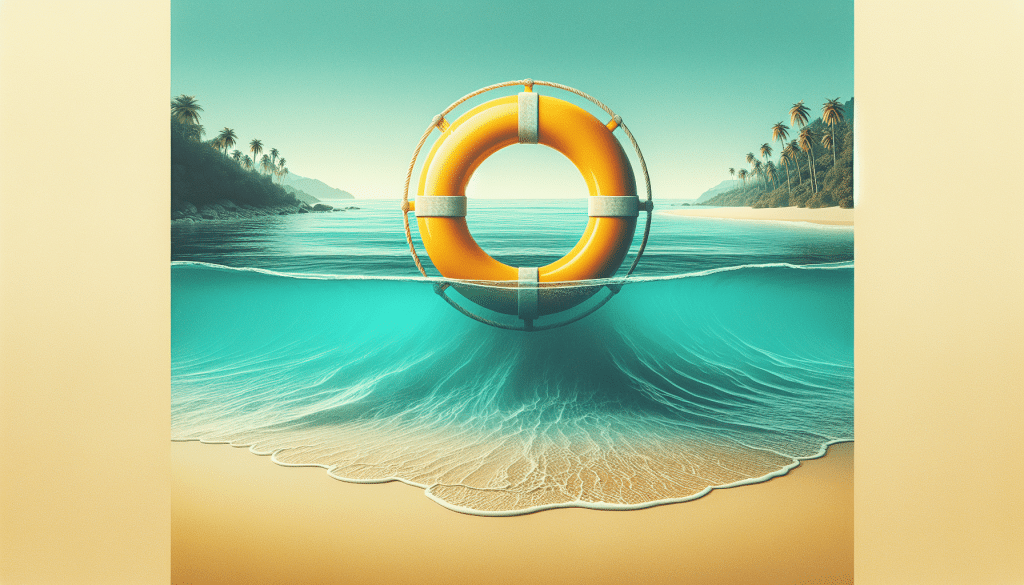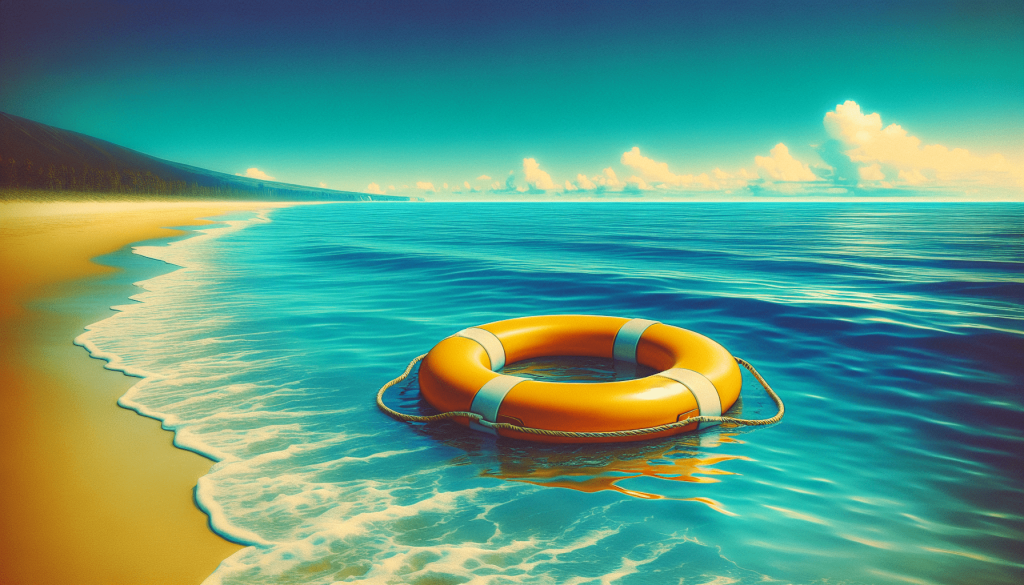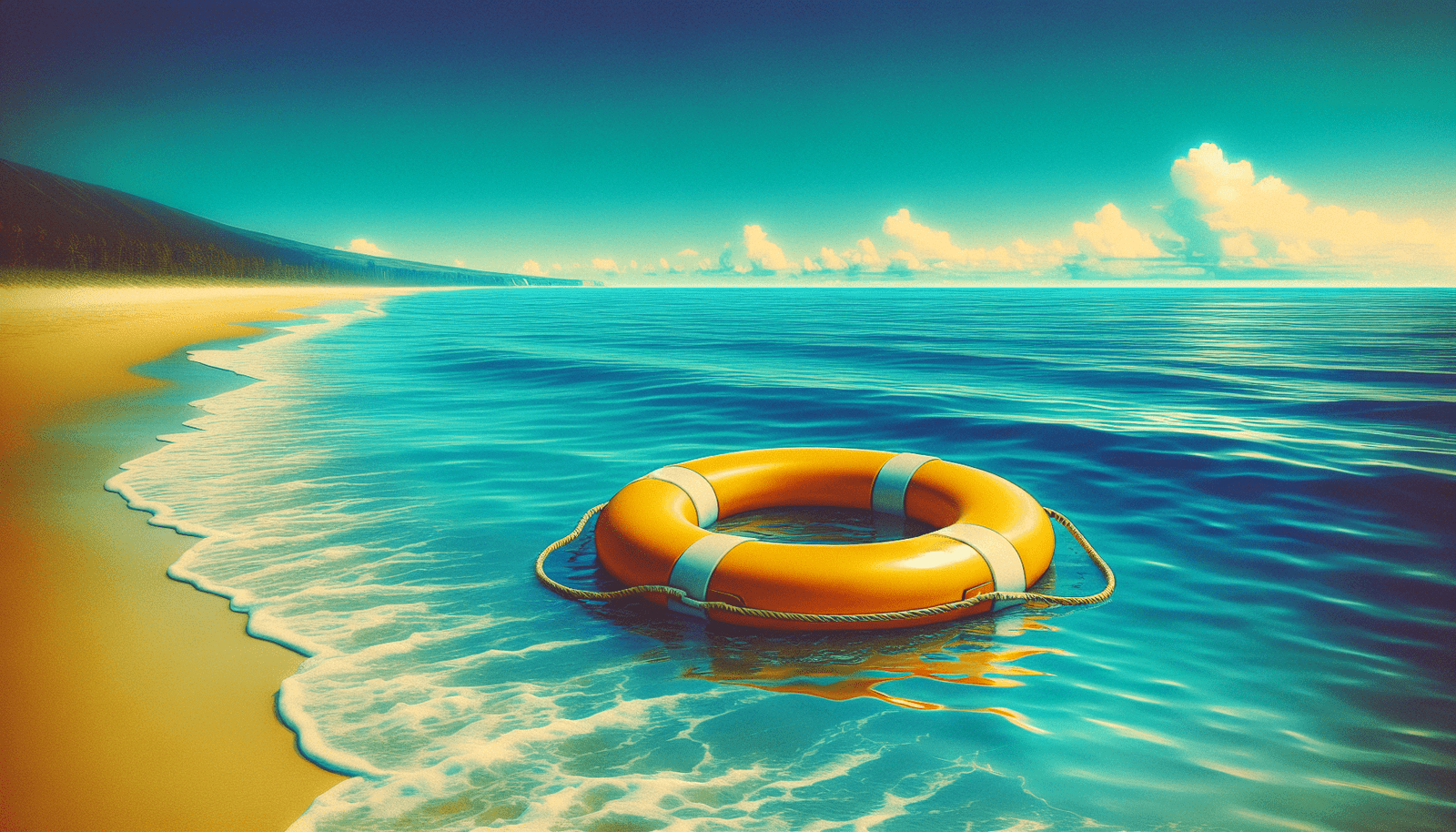Have you ever wondered what it takes to swim safely in Mexico’s oceans? With its beautiful beaches and stunning marine life, Mexico’s coastline can be a picturesque getaway. However, the ocean’s alluring beauty often comes with hidden risks. Ensuring your safety while enjoying the azure waves is crucial. This comprehensive guide will walk you through essential safety tips for swimming in Mexico’s oceans, so you can focus on fun and relaxation.
Understanding Ocean Conditions in Mexico
Before you venture into Mexico’s inviting waters, it’s important to understand the local ocean conditions. Knowledge is power, and being informed can help you make smart decisions.
Common Ocean Hazards
Mexico’s oceans are home to a variety of natural elements and phenomena. From strong currents to marine life, recognizing potential hazards is key.
-
Rip Currents: These powerful, narrow channels of fast-moving water can quickly pull swimmers out to sea. They are difficult to spot but often appear as calm, deeper channels in the surf.
-
Tides and Waves: Ocean tides and wave heights can change rapidly. High tides and large waves can make swimming more dangerous.
-
Marine Life: While most marine creatures are harmless, some can pose a threat. Being aware of jellyfish, sea urchins, and certain types of sharks is essential.
Safeguarding Yourself Before You Swim
Preparation is everything when it comes to ocean safety. Taking specific precautionary measures before you enter the water can avert many potential problems.
Knowing Your Swimming Skills
It’s important to be realistic about your swimming abilities. The ocean is vastly different from a swimming pool. Stronger swimmers may handle rough conditions better, but even experienced individuals should exercise caution.
Safety Gear Checklist
Having the right equipment can enhance your safety. Here’s a helpful checklist:
| Equipment | Purpose |
|---|---|
| Life Jacket | Provides buoyancy, especially in strong currents |
| Swim Fins | Helps with swimming efficiency and speed |
| Snorkel | Allows you to breathe while observing underwater |
| Swim Buoy | Makes you more visible to boats and rescuers |
| Wetsuit | Protects against cold water and marine life |
Checking Weather and Ocean Conditions
Before you head to the beach, check the local weather forecast and ocean conditions. Websites and apps can provide real-time updates on wave height, water temperature, and potential hazards.
Learning About Local Marine Life
Educate yourself on the local marine life. Knowing which species are common and which to avoid can help you enjoy the ocean more safely. Many local tourism websites and marine conservation organizations offer detailed information.

While You’re at the Beach
Even if you prepared thoroughly, there’s more to consider once you arrive at the beach. Observing beach protocols and understanding environmental cues are extremely beneficial.
Choosing Safe Swimming Areas
Select a beach that has lifeguards on duty whenever possible. Lifeguards can provide immediate help and have the expertise to handle ocean-related emergencies.
Recognizing Warning Flags
Beaches in Mexico use a color-coded flag system to indicate ocean conditions. Here’s a quick reference:
| Flag Color | Meaning |
|---|---|
| Green | Safe to swim |
| Yellow | Swim with caution |
| Red | Dangerous conditions |
| Black | No swimming allowed |
Buddy System
Never swim alone. Having a buddy can be a lifesaver in case something goes wrong. They can alert lifeguards, provide support, and call for help if needed.
Recognizing Dangerous Situations
It’s not just about taking preventive measures; you also need to recognize when things are potentially dangerous.
Identifying Rip Currents
Understanding how to identify and escape rip currents can be lifesaving. If you find yourself caught in one, do not swim against it. Swim parallel to the shore until you’re out of the current, then swim back to the shore.
Symptoms of Hypothermia
Even in warm climates, prolonged exposure to water can lead to hypothermia. Look out for signs like shivering, slurred speech, and lack of coordination. If you or someone else shows these symptoms, get out of the water immediately and seek medical attention.
Dealing With Marine Life Encounters
If you encounter potentially dangerous marine life, such as jellyfish or certain types of sharks, know how to react. For jellyfish stings, rinse the area with vinegar and remove tentacles with tweezers. For sharks, remain calm and slowly back away; sudden movements can provoke an attack.

Emergency Situations
Even with the best preparation and caution, emergencies can still happen. Knowing how to handle unexpected situations can make all the difference.
CPR and Basic First Aid
Having basic knowledge of CPR and first aid can save lives. Take the time to complete a certified course.
Emergency Contacts
Always have a list of emergency contact numbers programmed into your phone, including local emergency services and the nearest hospital.
Communicating With Lifeguards
Lifeguards are there for your safety. Make a point to locate the nearest lifeguard station when you arrive at the beach.
Emergency Procedures
Understand the emergency procedures for the beach you are visiting. Many beaches have specific protocols for different types of emergencies, such as shark sightings or severe weather.
Protecting the Ocean Environment
Your actions can have a long-term impact on the ocean environment. Practicing eco-friendly habits ensures that these beautiful waters remain safe and healthy for future generations.
Avoiding Pollution
Simple actions like disposing of trash properly and using reef-safe sunscreen can protect marine life and ocean habitats.
Respecting Marine Life
Observe marine life from a distance. Do not touch or feed animals as it can disrupt their natural behavior and pose a risk to you.
Participating in Beach Clean-ups
Joining local beach clean-up efforts can help maintain a cleaner, safer environment. It’s a great way to give back to the community and make your beach trips more meaningful.
Enjoying Water Activities
Swimming isn’t the only way to enjoy the ocean. Here are some other activities and the associated safety tips.
Snorkeling and Scuba Diving
- Training: Ensure you have proper training and certifications.
- Buddy System: Always snorkel or dive with a partner.
- Gear: Use reliable and well-maintained equipment.
Surfing and Bodyboarding
- Local Knowledge: Speak to local surfers or instructors to understand the best spots and conditions.
- Leash: Use a good quality leash to prevent losing your board.
- Etiquette: Follow surf etiquette to avoid collisions and injuries.
Additional Resources
Local Resources
Take advantage of local resources for the latest information and support.
- Tourism Offices: Often provide up-to-date safety guidelines and tips.
- Local Guides: Offer personalized advice and can alert you to specific regional hazards.
Online Tools
A variety of online tools can make your beach day safer and more enjoyable.
- Apps for Marine Conditions: Apps like OceanPro or Surfline provide real-time updates on ocean conditions.
- Weather Forecast Apps: AccuWeather and similar apps give detailed weather forecasts.
Conclusion
Swimming in Mexico’s oceans can be an exhilarating experience when done safely. From understanding local ocean conditions to recognizing potential hazards and knowing how to react in emergencies, the steps you take can make a significant difference. Equip yourself with knowledge, stay vigilant, and enjoy the magnificent waters Mexico has to offer. Safe swimming!

